Excerpt reprinted with permission from Audiophile’s Guide: The Stereo — Unlock the Secrets to Great Sound by Paul McGowan
The Budget
The cost of building a high-performance, audiophile-grade two-channel stereo system can span quite a range, from next to nothing to more than the cost of some homes. I’ll let you in on a secret, though: there’s often little correlation between stereo cost and performance.
In the half-century I’ve devoted to the high-end audio industry, I have heard every manner of system. Some of the very worst have been the most expensive and some of the best were quite affordable. Like anything else in our lives, simply throwing money at a problem or a project doesn’t guarantee success. In fact, unless you are equipped with some basic knowledge, your investment may backfire. Without adequate information, preferably coupled with a knowledgeable, trusted guide to steer you in the right direction, plowing your hard-earned money into a two-channel audio system can be a real crapshoot.
When someone asks me what equipment to buy, I start with a series of three questions: 1) What are your goals? 2) What are your limitations? 3) What is your budget? Let’s follow that same process here.
What are Your Goals and Limitations?
This simple question is often the hardest for people to answer, or at least to put into words. Typical answers range from a simple “just give me good sound” to “I want the biggest, baddest, most bone-rattlingly killer sound system on the planet.” These answers are adequate to get us started, but the real answers I am looking for would go something closer to this:

“I am hoping to set up a modest system in my living room that the family can easily use for everyday listening, and on occasion, I want to crank it up and have it sound like there’s a rock band playing in my living room.”
Or:
“I’m looking for a small, unobtrusive set of speakers to go on either side of my television—something that can render classical and jazz in lifelike proportions and that I can easily switch to play the television audio.”
Or:
“I want a no-holds-barred high-end system that just blows me and my friends away.”
Answers like these give me a better idea of where to point you in terms of equipment choices and budget.
The trick to getting what you want is to first have a reasonably clear idea what that is
To help you understand how this can be applied in the real world, let me tell you about my own home setup. While at work, I get to enjoy one of the greatest high-performance two-channel reference systems in the world, PS Audio’s Music Room Two, but at home it’s a different story. My wife, Terri, wanted to build our home system herself. Since she too loves music and high-performance audio, I took her through my three questions to help identify her priorities. Her answers looked something like this:
Goals:
- Turntable-based system with the ability to stream
radio, Pandora, Tidal, and Qobuz - Full range but it’ll never be played at live concert
levels - Speakers need to sonically disappear
Limitations:
- Must be small in footprint and not intrusive on the
décor - Must be simple to operate so even our grandkids can
use it - Budget: $4,000 maximum
With these answers in mind, it was easy for Terri to start her search and come up with her dream system. Here’s what she ended up with:
- Turntable: Rega P3 with MM cartridge $1,100
- Amplifier: PS Audio Sprout $699
- Speakers: KEF LS50 $1,200
- Subwoofer: REL T5i $600
- Cables: $200
- System total: $3,800 or so
Our home system is affordable yet high-performance
This system images beautifully, sounds great, and achieves Terri’s goals. Had she been a little less particular about primarily playing vinyl records, she could have gotten the same quality at an even lower cost. For example, for those looking for a primarily streaming music system, at PS Audio we often pair our Sprout Integrated Amplifier with Elac speakers from Germany for under $1,000.
So, step one is to think about what you hope to achieve with your system. In other words, write down your goals. Step two factors in your limitations, such as where the system will be placed and how much real estate and visual prominence you and your significant other are willing to cede to the system. Once you’ve identified the answers to these two important questions, we can move on to the third question of budget. How much are you willing to invest in great sound?
What Is Your Budget?
Now that you’ve identified your goals and limitations, let’s talk budget. I’ve broken down system types into three general categories: the Casual System, the Serious System, and the Whacked-Out System. For a point of reference, my home system that I just described might fall into the upper end of the Casual System category, while the PS Audio Reference System would most certainly land in the Whacked-Out category.
Though it may seem counter intuitive, knowing what not to buy is often more helpful
What Not to Buy
Before we get into system specifics, it’s important to distinguish what I mean by a high-end two-channel stereo system from what the general population might consider to be “high-end.” These days, you can find impressive-look- ing stereo equipment at big-box stores like Best Buy, large furniture outlets, and even Walmart or Target. Their systems mostly consist of a receiver—a fancy all-in-one box with everything you need except the speakers—from a big-name manufacturer like Sony, Yamaha, Marantz, Denon, and so on. Salespeople will assure potential buyers that this is the crème de la crème, as high-end as it gets. It can do 12-channel surround sound, has a radio tuner, pumps out lots of watts, features plenty of bells and whistles, and, according to them, is pretty much God’s gift to music. If someone is trying to sell you one of these Swiss Army Knives of stereos, I suggest you run away as fast as you can. A piece of equipment that does everything generally does nothing well. Big box retailers’ stereos might be fine for home theaters and casual listening, but when it comes to rendering musical truth, they generally aren’t in the same league.
Don’t be fooled by the glitz, bells and whistles of receivers with all their features
Here’s a tip: take a look at the unit’s rear panel. If it bristles with more connectors and gadgets than you have any idea what to do with, leave it for someone else. You’re not going to fall into that trap.

Casual Systems
The vast majority of serious two-channel audio systems would fall into this first category. We want great sound and we’re willing to spend a few bucks and invest a few hours of setup to get there.
What to Buy
For a Casual System, you should plan to budget between $1,000 and $5,000 for everything you need. Next, select the various pieces of equipment from trusted manufac- turers of two-channel separates. You’ll be able to identify these manufacturers because:
- They don’t make the receivers you’re running away from
- You’ve done a little homework, by reading this book, to find out whether or not they are invested in bringing life to music
- Their products are purpose-built, to provide a specific outcome for a limited set of variables
- They are respected by the greater high-end audio community
- Their stated goals are to honor musical truth
Serious Systems
Serious Systems are more committed to a single person listening with intent. Their primary purpose is to help the listener forge a more intimate connection with the music than is possible with the Casual system, recreating a more believable live performance in the home. That means they require more money to build, more space in the room to place, and more time and care to set up.
Achieving great sound doesn’t require a great deal of money. What’s important is HOW you spend it
What to Buy
For the Serious System you’ll need to budget between $3,000 and $30,000 for everything you need. Now, for those unfamiliar with high-end audio, 30,000 smackaroos might at first seem like either a misprint or insanity, but I assure you, among audiophiles it’s a perfectly normal investment. The average Serious System falls somewhere in the middle of this price range, hovering between $8,000 and $15,000, though I’ve heard some great Serious Systems that people cobbled together for around $8,000.
Next, select the various pieces of equipment from trusted manufacturers of two-channel separates. You’ll be able to identify these manufacturers because:
- They don’t make the receivers you’re running away from
- Their products are purpose-built, to provide a specific outcome for a limited set of variables
- They are respected by the greater high-end audio community
- Their stated goals are to honor musical truth
Whacked-Out Systems
As the name of this genre implies, the sky’s the limit. I’ve seen some seriously unbelievable setups exceeding a million dollars, but, for the most part, you could put together a beautiful and impressive rig for as low as $15,000. More likely, though, the sweet spot’s going to start at $25,000 or so.
The key for a Whacked-Out System to be worth its cost in both time and effort requires skill, knowledge, and tireless effort in addition to going for the cost-is-no-object components that synergistically mesh into audio nirvana. This level of system needs a personal guide and is certainly not for the faint at heart. Once built and experienced, there’s few pleasures on Earth that compare.
Making an intimate connection with the soul of the music is one of the more rewarding benefits of a stereo system
What to Buy
For the Whacked-Out System you’ll need to budget at least $25,000 and more likely closer to $50,000 and up. It’s rare that all the components in these upper-end systems are sourced from one manufacturer. Perhaps the electronics are of the same breed, but then the loudspeakers, cables, AC power components, room and tuning products are likely from a variety of vendors. In these systems, everything matters. Components are chosen for performance as well as synergy within the chain.
Few manufacturers produce components worthy of a whacked-out system, though claims to the contrary often overwhelm one’s search for the perfect component. Aside from a great deal of research via forums, reviews, audio tradeshows, and connections to others with similar goals, a personal guide is really helpful (that’s my goal through this series of books). These guides can also be found at the companies making the components, a trusted dealer, or a fellow traveler along the path to audio nirvana.
Regardless of what level of system you choose to work towards, they all can bring magic
The Bottom Line
Truly great sound can be obtained in your home for under $1,000. It’s not all about the money! It’s far more important to understand what you want to achieve, then approach it methodically to make the most efficient use of your money, your time, and the real estate in your home you’re willing to devote to music.
If you let me help you, I’ll make sure you get the right equipment to meet your goals at a price you’re comfortable paying, and then we’re going to have fun setting it up and maximizing the music’s potential.

To continue reading purchase the Audiophile’s Guide: The Stereo (2021 Edition), along with its companion Reference Audio disc. This book is the ultimate how-to instructional method for turning two-channel home music systems into magical reproduction chains. A must-have for any audiophile or lover of great sound. This instructional guide works for any level of 2-channel audio system, from the most humble to the most aspirational.

About the Author
Paul McGowan is the CEO and co-founder of PS Audio®, a world-renowned designer and manufacturer of high-end stereo equipment. He is also the bestselling author of the book 99% True and a popular YouTube presenter, with more than 130,000 subscribers.
With over 45 years of experience designing, engineering, and crafting hundreds of high-end audio products, ranging from phono preamplifiers to exotic digital audio innovations, Paul has helped build a strong community of audiophiles and stereo lovers around the world.

About the Book
The Audiophile’s Guide: The Stereo, is more than a setup book. Inside you’ll find a rich history of 2-channel audio from its humble beginnings to its modern-day incarnation. For those readers new to high-end audio, the Guide covers what it means to be an Audiophile, how to listen, how to think about budgeting for a new system, and understanding the listening room as both friend and foe before wrapping up with a primer on choosing both electronics and speakers. More advanced audiophiles can skip ahead to the setup section where we learn the secret of getting the bass right, finding our perfect seating position, and then it is on to learning the art of wrangling three-dimensional audio from your 2-channel speakers. Following the basic setup process, the Guide delves deeper into the finer aspects of system tuning: making the speakers disappear, adjusting depth and soundstage, room tuning techniques, setting up a subwoofer, the importance of cables and AC power.
About the Companion Music
Key to the success of the Guide is its companion Reference Music Tracks. The Guide and its companion SACD (playable on any CD or DVD player) were designed together so that for each step in the instructional process, a reference audio track is designated to check and verify the results. Between the reference disc and the Guide, you can make magic with only a few hours of tweaking invested on a Saturday afternoon. The depth tracks help users attain perfection when it comes to soundstage depth and width. The first center channel track is simple yet essential to getting correct. Once a perfect center image is attained, it’s time to move on to the next more complex center channel track. Moving between music tracks and the Guide’s easy-to-follow instructions, readers benefit from the system’s checks and balances bringing users that much closer to sonic perfection. As an added bonus, there is a specially designed burn-in track that can be used every time you get a new piece of equipment, or if you just want to tune up the sound. And the last three tracks on the Reference Music Disc are alone worth the price of the disc. Sonic fireworks!
About the System
Unique amongst instructional manuals or textbooks of stereo setup, the Audiophile’s Guide Book and its companion Reference Audio Tracks SACD (or download) together form the basis of an easy-to-implement system of magic making. Using the Guide and its companion Reference Music Tracks as they were designed—as a system—helps 2-channel audio rigs that sometimes sound more HiFi than live suddenly take on a level of musicality most audiophiles only wish they could achieve. Three dimensional sound—where the speakers disappear and the musicians seem to be in the room with us—can often be an elusive goal. That need no longer be the case. With the Guide and Reference Audio track System, it’s easy to wring all the potential hidden in your stereo by simply following the Guide’s step-by-step instructions and verifying the audible results in real-time. There are books aplenty on setting up a stereo system, but rarely a complete system of both step-by-step instructions accompanied by specific musical examples.
Where to buy
The music and book together are only available at psaudio.com ($58). The book is also for sale at Amazon.com ($26.99) in printed or Kindle formats.




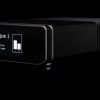
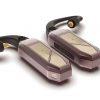
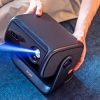
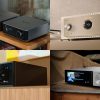

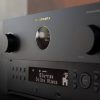
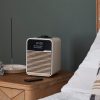







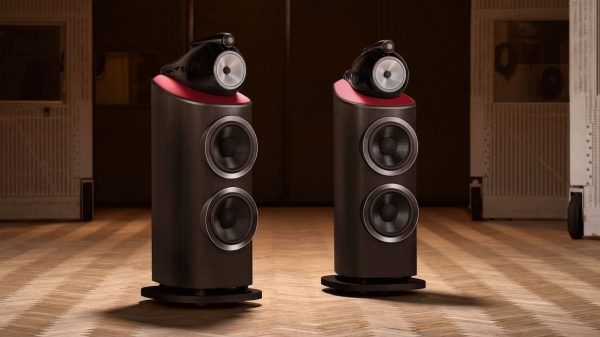

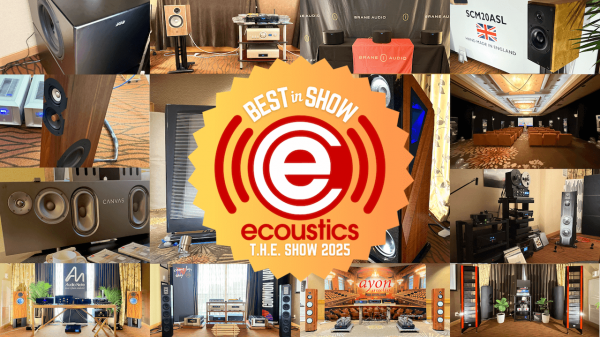

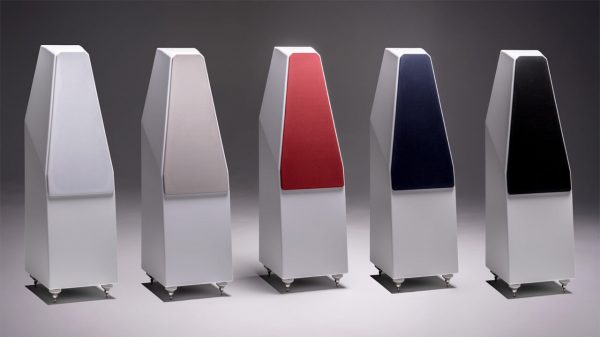



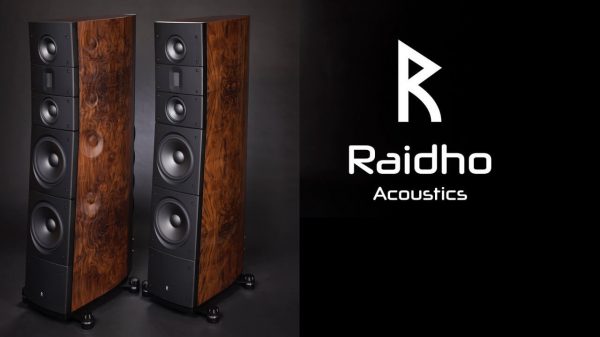
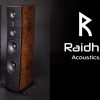
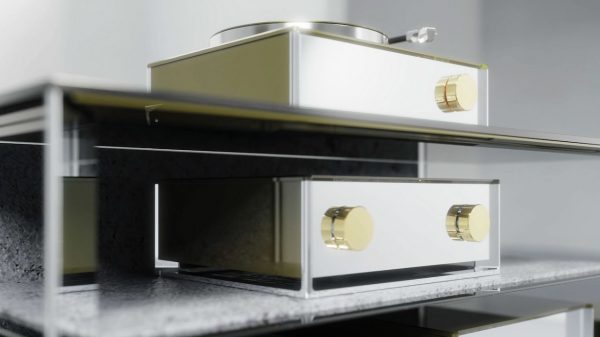
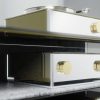
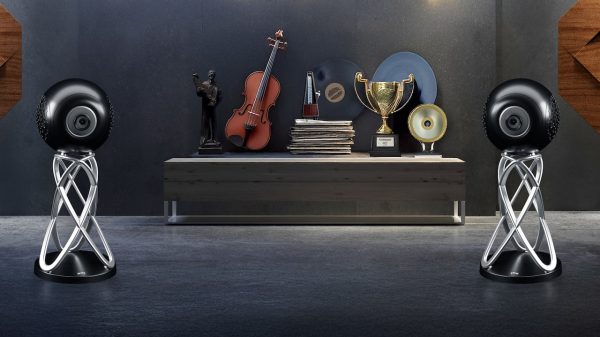
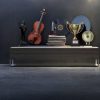











Zachary Tomlinson
April 5, 2021 at 6:40 am
Thanks for pointing out that purchasing a high-performance audio system depends on how you want to use it in the future. I have a friend who’s thinking about setting a home theater system in his basement. Hopefully, he’d consider looking for a high-fidelity audio store that can assist him with this project.